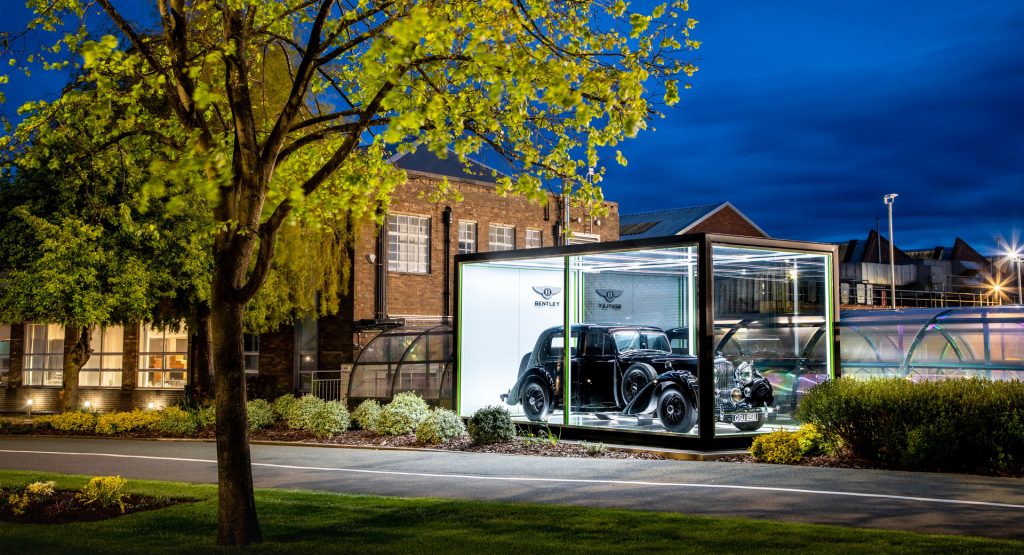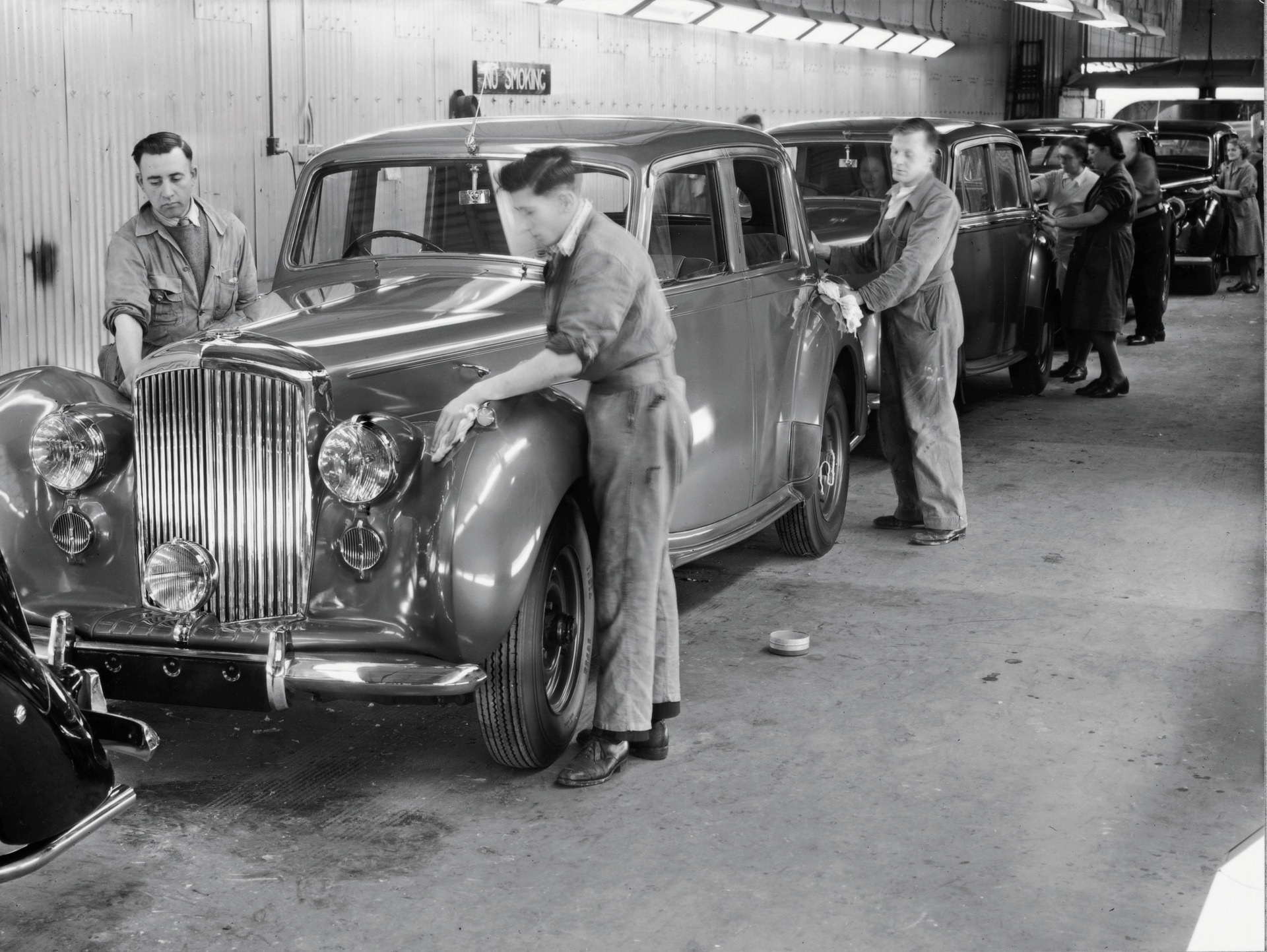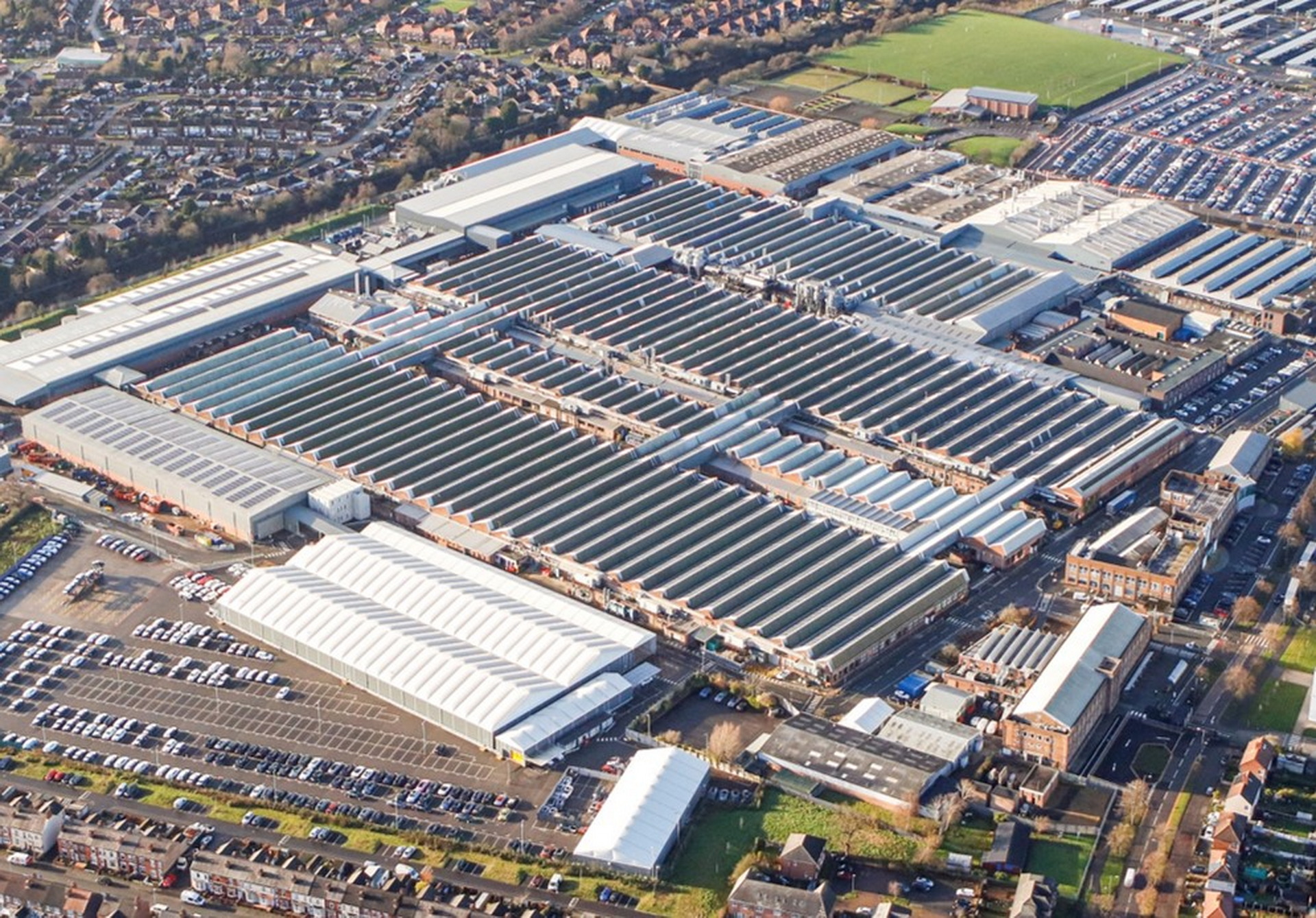Bentley has one of the longest and richest histories in the entire automotive industry, and their factory in Crewe, England has been there for almost all of it. In fact, it has been so long that the company is celebrating 75 years of manufacturing there.
The Crewe factory produced its first vehicle, the Mark VI, in 1946. The car came with a pressed-steel body as standard and a 4.3L straight-six engine, the latter of which was upgraded to a more powerful 4.6L unit in 1951. The Mark VI was a pivotal model for Bentley, and also one of its best selling cars to date.
See Also: Bentley EXP2 Returns To The Site Of Its First Ever Victory 100 Years Later
When Bentley was acquired by the Volkswagen Group in 1998, the factory underwent a complete modernization and brought it closer to the Bentley we know today. Nowadays, the Crewe factory is fully carbon neutral and producing 85 cars a day, or the equivalent of an entire month’s output just twenty years ago. Additionally, it is responsible for the manufacture of 197,086 vehicles over the past 75 years, which accounts for 97 percent of Bentley’s cumulative production to date.
Read More: Bentley Posts Record Quarter Sales Proving That The Rich Still Need New Toys
Peter Bosch, Bentley’s Member of the Board for Manufacturing commented on the milestone, saying, “For 75 years Crewe has been synonymous with luxury car manufacturing – a global showcase of craftsmanship and quality. In that time, our colleagues have produced some of the world’s most iconic and desirable products, including cars for global royalty and unique personal commissions. Beyond bricks and mortar, this milestone pays homage to the colleagues who have built our brand in Crewe, and I’d like to express my thanks and admiration for their dedication over three quarters of a century.”
In the coming weeks, Bentley will be opening a new Engineering Test Center and R&D building in the Crewe factory to further their push towards electrification. The facilities come as part of the company’s Beyond100 plan, which will see all models in their range with at least partial electrification by 2026, and full electrification by 2030.






